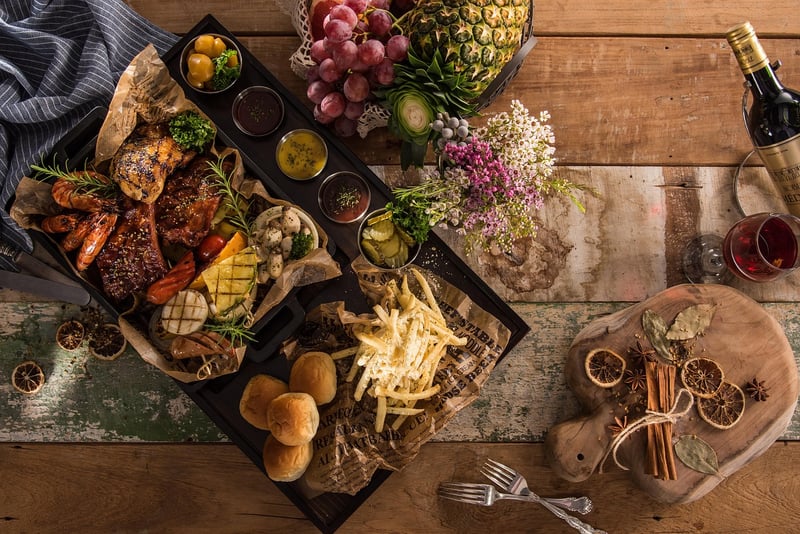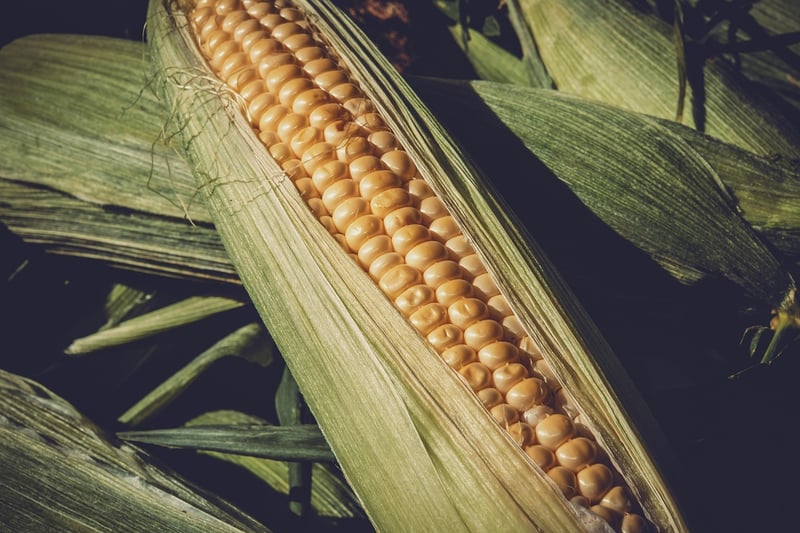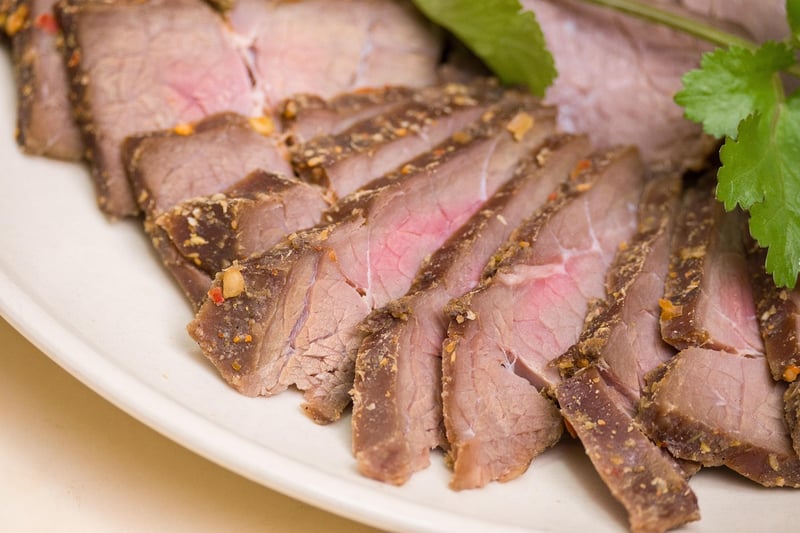Historical Dishes
Culinary Delights Across Time: Exploring Historical Dishes
Food has always been an integral part of human culture and history. Through the ages, different societies have developed unique culinary traditions, creating dishes that tell stories of bygone eras. Let's take a journey through time and explore some fascinating historical dishes that have stood the test of time.
Ancient Rome: Garum

Garum was a popular condiment in ancient Rome, made from fermented fish guts. It was used extensively to flavor dishes and was considered a delicacy of the time. The production of garum was a sophisticated process that involved fermenting fish in salt for several months.
Medieval Europe: Pottage

Pottage was a staple dish in medieval Europe, a thick soup made from grains, vegetables, and meat. It was a versatile and nutritious meal that could be adapted based on available ingredients. Pottage was often cooked in large cauldrons over an open fire.
Colonial America: Succotash

Succotash originated from Native American cuisine and became popular during the colonial period in America. It typically consists of corn and lima beans, cooked together with seasonings. Succotash was a simple yet flavorful dish that sustained early settlers.
Victorian Era: Beef Wellington

Beef Wellington is a classic British dish that gained popularity during the Victorian era. It consists of beef fillet coated with pâté and duxelles, then wrapped in puff pastry and baked until golden. Beef Wellington was often served at grand dinners and formal occasions.
Modern Times: Cronut

The cronut is a modern culinary invention that combines the flakiness of a croissant with the sweetness of a donut. Created by a pastry chef in New York City, the cronut became a viral sensation and sparked a trend of hybrid pastries worldwide. Its popularity continues to endure in the present day.
Exploring historical dishes not only offers a glimpse into the past but also allows us to appreciate the evolution of culinary traditions. As we savor these timeless recipes, we connect with the rich tapestry of human history through the universal language of food.
Which historical dish would you like to try recreating in your kitchen?
